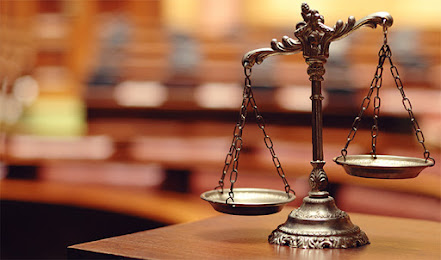Matt Horeczko - Risks Of Cyberbullying, Cyberstalking, Trolling, Doxing
As defined by the CDC, cyberbullying is bullying that occurs using electronic technology. According to Matt Horeczko, electronic technology includes devices and equipment such as cellphones, computers, and tablets, as well as communication tools such as social media sites, text messages, and chat rooms.
Why Cyberbullying is Different
Children who are cyberbullied are often bullied in person as well. Additionally, children who are cyberbullied find it harder to escape the behavior.
It can happen 24 hours a day, 7 days a week, and it can happen to a kid even when he or she is alone. It can transpire at any moment of the daytime or in darkness.
Cyberstalking
Cyberstalking involves the use of technology, particularly the Internet, to harass someone. Standard differentiae enclose erroneous charges, monitoring, perils, uniqueness theft, and information destruction or manipulation.
While cyberstalking can take many forms, the common element is that it's unwanted, often obsessive, and usually illegal. Cyberstalkers use email, instant messages, phone calls, and other communication devices to stalk, whether it's sexual harassment, inappropriate contact, or just plain annoying attention to your life and your family's activities.
Trolling
This is an act of deliberately, cleverly, and secretly infuriating people using dialogue, usually over the internet. It's not about just shouting insults at someone; that's flaming, which isn't funny.
As such, your victim must not know you are trolling; if he knows, you are an unsuccessful troll. Trolling needs to be misleading; if it doesn't concern misleading someone, it isn't trolling at all; it is simply ridiculous. As such, your victim must not know you are trolling; if he does, you are an unsuccessful troll.
However, in recent years, the term has been applied to everything from confrontation to bullying to stalking to other forms of online harassment.
Doxing
It is an internet-based practice that involves tracking and publishing (leaking) private or personally identifiable information (such as names, addresses, phone numbers, photographs, relatives, and much more) about an individual.
According to Matt Horeczko, the data is usually obtained from social media websites, using publicly available databases, hacking, or social engineering, which is then released publicly against the individual's wishes.





Comments
Post a Comment